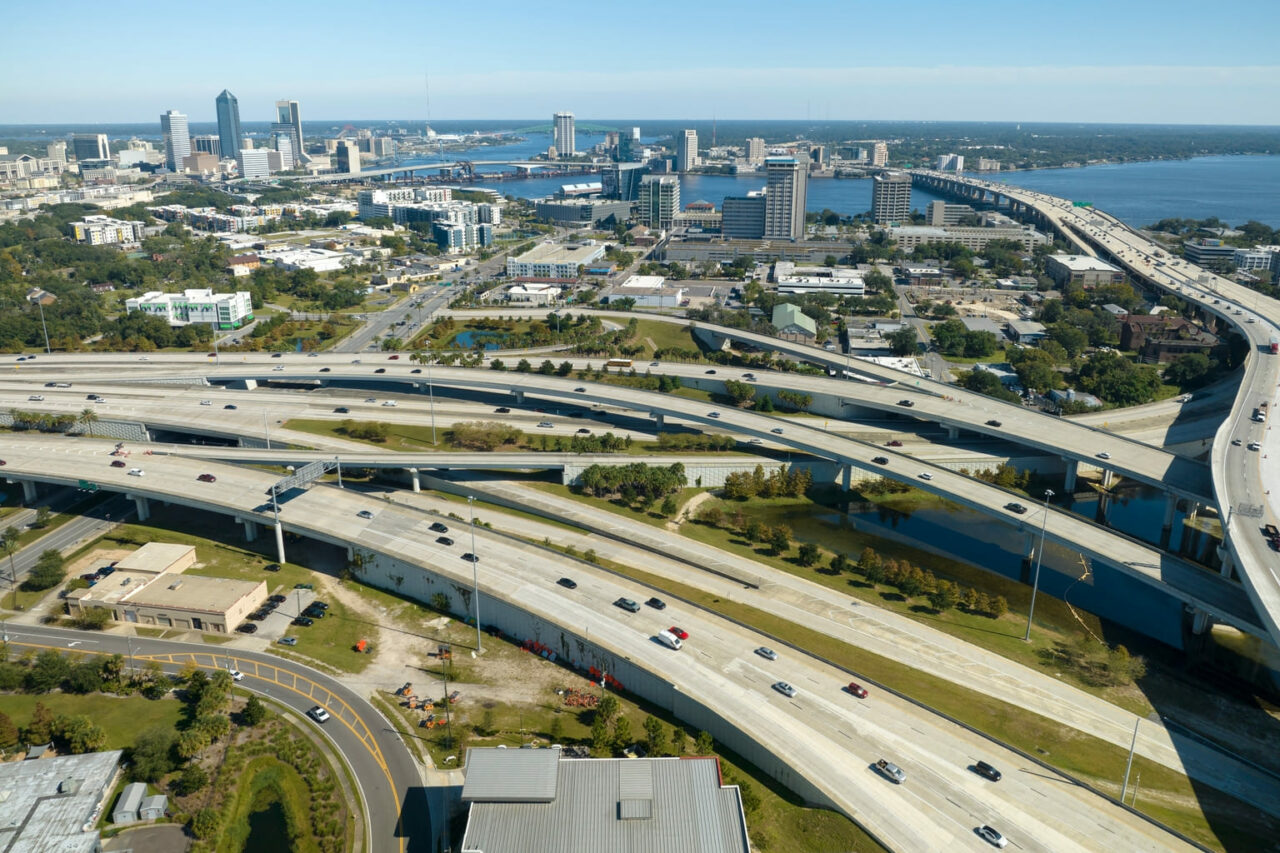“Florida, land of perpetual sunshine. Sunshine all year round, let’s get the auction started before we get a tornado.”
Comedian Groucho Marx in the 1929 film “The Cocoanuts” played on the Great Depression while trying to sell land to Americans fleeing to southern states. Florida, which has always had to contend with hurricanes and tropical storms, over the years has become the third most populous state, surpassing New York and placing after California and Texas. In 2022, and it hadn’t happen since 1957, it has become the state with the most population growth.
The number of Floridians grew 1.9% to 22,244,823, according to the Census. According to the national statistics office, the state’s population grew ten fold since 1946, when Florida, right after WW2, had but 2.4 million residents. A better quality of life and considerable tax advantages have continued attracting new residents and companies, far more than the fear of hurricanes have kept away. The general feeling is, if something happens, Florida rebuilds.
Rebuilding after hurricanes
The most recent test was last fall after hurricane Ian struck violently the southwestern coast of Florida, around Fort Myers, just above the Everglades. One of the most hit infrastructures became a symbol of the state’s reaction and rebuilding capacity: the Sanibel Causeway, the only road link between Sanibel island and the mainland. The road is partially built on raised land and sand over sea level, and in part on bridges that allow boats to cross. The island and its road link are artificial, built in the 60s, by dredging the sand and sea bottom over the sea level.
A raised road, and there are may in Florida, is a limitation compared to a bridge or tunnel because it impedes maritime traffic. The three miles long (5kms) Sanibel Causeway, includes three bridges, one of which has a high span. The force of the hurricane wiped away much of the road cutting off the 6,000 residents of the island. In a few days, state and county officials, led by the Florida Department of Transportation, put together a series of calls for bids, and in less than one month the road was operational again. Much of the material used to rebuild it was recovered from the sea bottom and once the damaged sections were repaired the road was paved with asphalt.
Florida’s infrastructure plan
Florida, balancing emergencies and infrastructure development, plans to invest $7 billion over five years with the goal to reduce traffic congestion and increase safety, Governor Ron DeSantis has said. The state also aims to sustain the resilience of existing and future projects while ensuring the FDOT remains a national leader in transport technology with a solid supply chain.
The proposed legislation combines $4 billion in state funds
(General Revenue Surplus) with FDOT’s ability to use innovative financing instruments, contracts and policies for the remaining $3 billion.
Given that Florida expects to add 600 residents a day over the next 30 years, with some areas of the state currently registering growth rates of more than 20%, the state’s plans are already being put in place. Among the areas with the most economic and infrastructure growth and development, Tampa is playing the role pathfinder with projects and initiatives that will become a model for other urban areas.

Lane at work to renovate Tampa
In Tampa a program to rebuild one of the most congested road junctions of the city has just begun. The project, known as Westshore Interchange (I-275/SR 60), was assigned to Lane Construction, part of the Webuild group, in partnership with Superior Construction, for a multi-year effort with a total value of $1 billion. The joint venture, in which Lane holds a 50% stake, has already signed a $10 million contract with the Florida Department of Transportation for the design phase, which must be completed by January 2024. Once the project is completed, construction should start in spring 2024.
Westshore is Florida’s largest commercial district. It hosts about 4,000 companies, two malls, 40 hotels and about 250 restaurants, and is a few miles from downtown Tampa, the Raymond James Stadium and Tampa International Airport. The district’s central position, its increasing population and growing traffic towards the airport make it ever more necessary to renovate its road network and give the Westshore Interchange project a strategic value for the entire area.
Webuild, through Lane, has an important presence in Florida. In Tampa it is also working on the expansion of the I-275. In Orlando, in Osceola county, it is completing the Poinciana Parkway. And still in the Orlando area, it is working on the Mainline Turnpike and the almost completed Wekiva Parkway (SR 429).
Seeking local labor for Florida’s great public works
The construction of new bridges and roads in Florida requires considerable human resources to carry them out. Which is why FDOT organized an on site work fair, called
“OnBoard Tampa Bay”, in which FDOT officials and reps of companies like Lane cooperate to feed a local labor “pipeline” able to sustain the $4 billion worth of construction projects in the Tampa area. The goal is to create a stable flow of workers in the construction sector, aiming for 24,000 jobs over the next 10 years, said David Gwynn, FDOT district secretary.
“For every five workers that are retiring from the construction industry right now, only one new worker is coming into the industry.”
Justin Hall, director for transport and development at Tampa FDOT, added that “if you don’t fill the jobs, it takes longer to complete a project, and they have to look elsewhere to bring in employees, so really, we want to grow this locally, and luckily the demand is there.”

